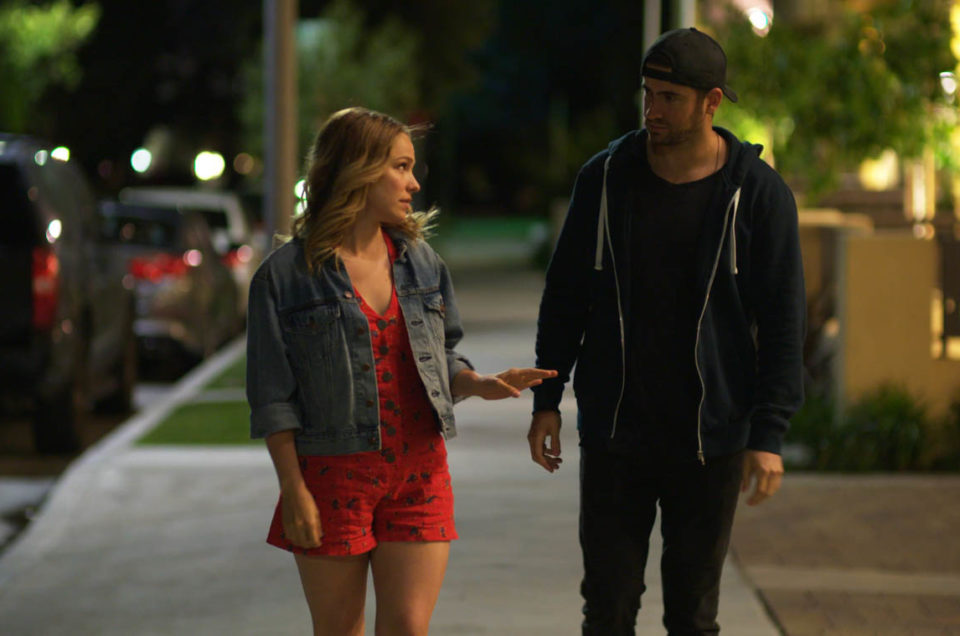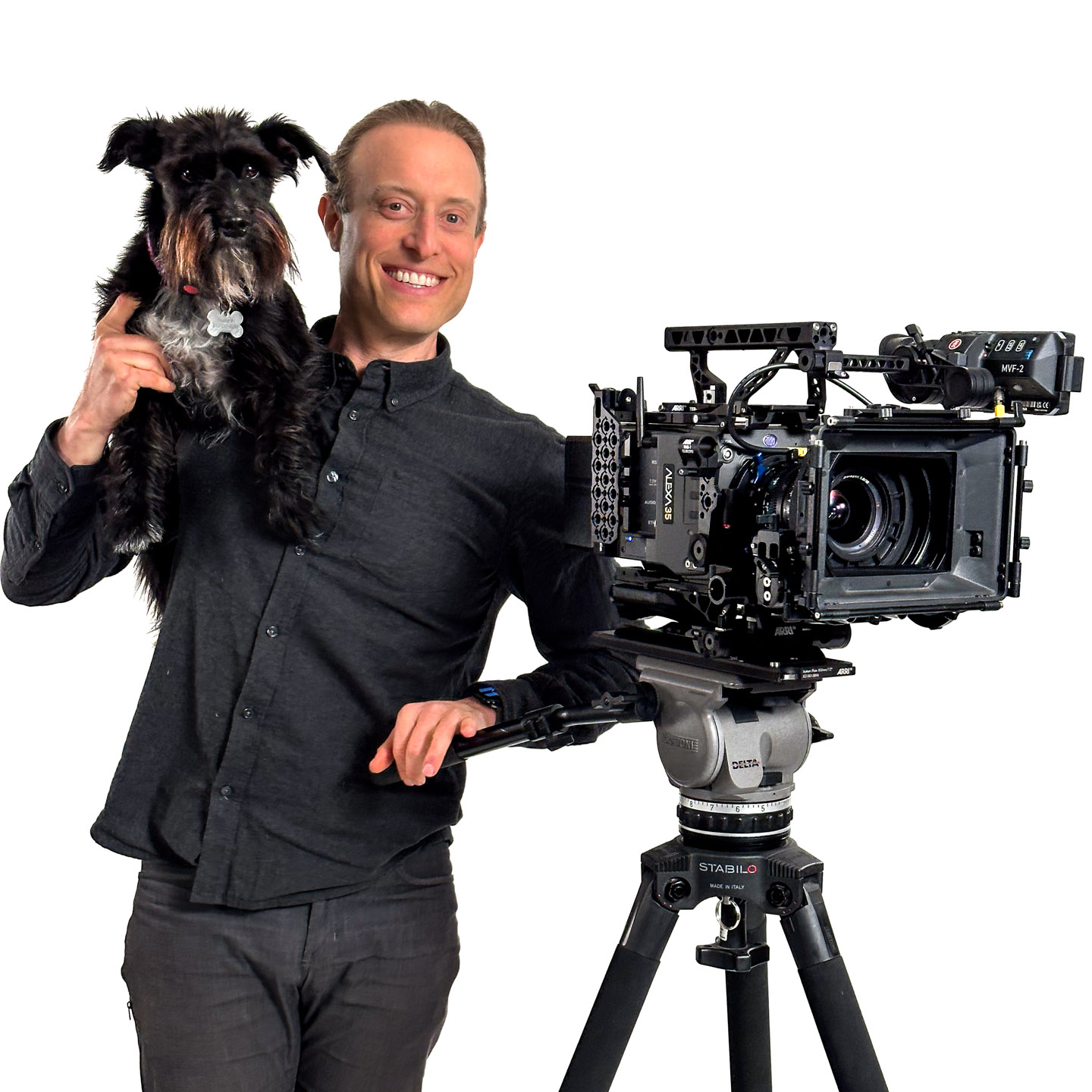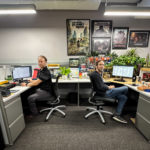My last grandparent left this earth on November 9, 2012. As the family sifted through the Florida residence that Samuel Waldman called home for over thirty-years, they found several reels of 8mm home movies. We were all thrilled at this discovery and decided that I would be best suited to handle the film transfer.
I immediately lobbied to spend the extra money and transfer the heirloom film rolls in HD. Considering the fact that my uncle has had an HDTV longer than anyone else I know, I assumed that he would be on board. However, I was immediately met with opposition. “But it wasn’t shot in HD, it’s just old film.”
Over the years, I’ve heard this incorrect sentiment countless times. Often it surrounds the question of purchasing old movies on Blu-Ray. Many folks have this misconception that something that was created prior to the proliferation of HD can’t take advantage of it’s superior image quality. Yes, HD is a video format, but since film is is a peerless mastering format, it’s beauty is best appreciated in high definition. A great HD transfer of something shot on film can be revelatory.
In a similar manner, I’ll never forget the first time that I saw one of my favorite films, “Ferris Bueller’s Day Off” in its proper anamorphic presentation. I had seen it so many times on HBO in pan & scan, where almost half of the image is discarded so it “fits your TV,” that seeing Tak Fujimoto’s excellent anamorphic frames was like seeing the movie for the first time.
While my family’s argument that the home movies weren’t shot by a cinematographer is true, I hoped that the footage would still look great and be impactful.

Most of the film canisters were labeled (in poor penmanship), which offered some hope of what history they had captured. My Mom is a fraternal twin so when I read “twins 1st bday” along with “Thanksgiving Brooklyn” and “Bradley/Jones Beach,” I had a good feeling that these reels would be both entertaining and offer great insight into one side of my family’s past.
I did some research and found the great folks at Spectra Film & Video in Burbank. When I called, the owner, Doug Thomas, offered the use of their 8mm viewer (an ELMO Editor 912) so I could be sure that the film warranted the greater expense of an HD telecine. As much of a film purist and enthusiast as I am, I had underestimated how well celluloid that was shot as many as 65 years ago would be preserved. The absence of an ideal storage location concerned me most as it has always been my understanding that film is finicky about temperature and humidity extremes (both of which regularly affect southern Florida).

Aside from the obvious treasures like baby pictures, the can labeled “California 1949” really piqued my curiosity. My Grandfather’s brother lived in Los Angeles and it was great to see both of my grandparents riding horses in the canyons and galavanting around historic Las Vegas and the relatively new Hoover Dam. What struck me most, however, was how beautiful and perfectly the Kodachrome captured these moments. I couldn’t help but be both relieved that these images remain so striking and so thoroughly disappointed that my childhood didn’t get that same timeless treatment. Don’t get me wrong, I’m thankful to have so many amazing moments captured, but VHS is such an inferior medium!
Over Thanksgiving weekend in 2009, my Father and I undertook a huge (time-consuming) project of digitizing our numerous volumes of VHS, Hi-8, and mini-DV tapes from the last 30 years. Using a Canopus ADVC-110 Advanced Digital Video Converter we converted everything into Quicktime files (using the DV codec) so the precious footage would not be lost forever due to tape degradation and the fact that VCR’s and Hi-8 decks are becoming harder to find. In fact, we had to track down a functioning Hi-8 camcorder on Craigslist in order to capture the footage from the mid-90’s.

On the rare occasions that we all sat down to view old home movies, I’m grateful that my Dad had strict rules for viewing these precious tapes (as annoying and inconsequential as it seemed at the time). No matter what, fast forwarding while the play head was engaged was prohibited. We had to stop and then fast forward the tape for fear that it would stretch and degrade the fragile tape stock. The downside of his policy was that we’d get bored quickly when watching.
For the last few years, it has been an ongoing project of mine to sort through the hours of content. While it has taken years in the limited time I have between jobs, I’m gradually boiling the footage down to its most precious moments. Those efforts came in handy when crafting this film for Papa.

Given the emotional circumstances, spending so much time with the 104-minutes of film footage was taxing. That being said, I’m extremely proud of this 17-minute piece to commemorate my grandfather’s life. He left an impression on many people and I hope that this captures his spirit. Papa Sam, you will be missed!
Seriously, if you haven’t already done so, I highly recommend that you transfer your old tapes into a QuickTime format and back it up onto a couple of external hard drives. As somebody who has spent many hours in the editing bay, there is something very cool about seeing much of my life filling the contents of a Final Cut Pro browser bin…
If you are strapped for time, then skip to the 7:43 mark.









Leave a reply